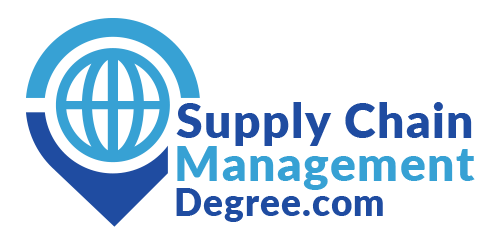The Integration of Robotics and Automation in Supply Chain Education
In today’s rapidly evolving supply chain landscape, the integration of robotics and automation has become increasingly prevalent. From warehouses and distribution centers to manufacturing facilities and transportation networks, robotics and automation technologies are revolutionizing the way goods are produced, stored, and transported. As these technologies continue to reshape the supply chain industry, it’s essential for supply chain education programs to adapt and incorporate robotics and automation into their curricula. In this blog, we’ll explore the importance of integrating robotics and automation in supply chain education and the benefits it offers to students and professionals in the field.
One of the primary reasons for integrating robotics and automation into supply chain education is to prepare students for the workforce of the future. As robotics and automation technologies become more widespread in supply chain operations, employers are seeking professionals with the skills and knowledge to design, implement, and manage these technologies effectively. By incorporating robotics and automation into their curricula, supply chain education programs can ensure that students graduate with the technical expertise and practical experience needed to excel in modern supply chain roles.
Furthermore, integrating robotics and automation into supply chain education allows students to gain hands-on experience with cutting-edge technologies. Many educational institutions are investing in state-of-the-art robotics labs and simulation software that allow students to design, program, and operate robotic systems in a controlled environment. By engaging in hands-on projects and lab exercises, students develop practical skills in robotics programming, machine learning, and industrial automation that are directly applicable to real-world supply chain settings.
In addition to technical skills, integrating robotics and automation into supply chain education also helps students develop critical thinking and problem-solving abilities. Robotics and automation technologies present unique challenges and opportunities in supply chain management, from optimizing warehouse layouts and inventory management systems to enhancing transportation routing and last-mile delivery. By tackling these challenges in the classroom, students learn to analyze complex problems, develop innovative solutions, and make data-driven decisions that drive efficiency and productivity in supply chain operations.
Moreover, integrating robotics and automation into supply chain education helps bridge the gap between academia and industry. Many supply chain education programs partner with industry leaders to provide students with internship opportunities, guest lectures, and hands-on projects that expose them to real-world supply chain challenges and best practices. By collaborating with industry partners, educational institutions can ensure that their curricula remain relevant and up-to-date with the latest advancements in robotics and automation technology.
The integration of robotics and automation in supply chain education is essential for preparing students for the evolving demands of the modern supply chain industry. By providing students with hands-on experience, technical expertise, and industry-relevant skills, supply chain education programs can empower the next generation of supply chain professionals to harness the power of robotics and automation and drive innovation in the field.



